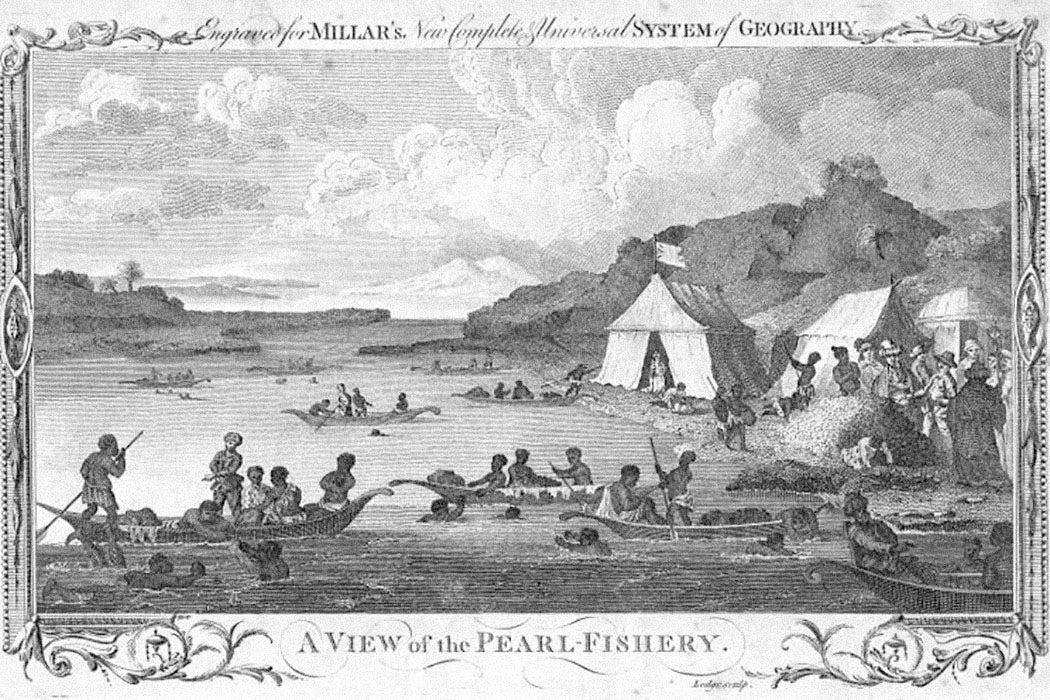For centuries, across the Americas, Europeans forced enslaved Africans to do work they refused to do for themselves. In some cases, this involved using skills Europeans simply didn’t have. As historian Kevin Dawson points out, one of those skills was swimming.
While many ancient Greeks and Romans swam well, writes Dawson, the skill became devalued in medieval Europe. By the fifteenth century, Europeans generally couldn’t swim; those who could were usually limited to a dog paddle or simple breaststroke with the head kept above the water. Until the late nineteenth century, many white authorities maintained that this was the most refined swimming method since it produced little splashing.
As late as 1879, even US Naval Academy cadets weren’t required to learn to swim. A pamphlet published that year argued that the skill should be taught in the academy, claiming that the “great majority of people cannot swim,” including “many who follow the sea as a profession.”
In contrast, many Africans, Native Americans, and Asians used versions of the freestyle, or crawl, stroke. European travelers visiting West Africa often described the local men, women, and children as extraordinarily talented swimmers. In 1844, a US Navy officer reported that five Europeans and five Kru people from Liberia were aboard a boat that sank. The Kru swam until they were picked up by a canoe. The Europeans drowned.
When they could, many Africans who were enslaved and brought to the Americas continued to swim for amusement and as a competitive sport. In a 1796 account of his experiences in South America, Dutch military officer John Stedman described enslaved Black adolescents organizing informal, mixed-gender swimming contests. Enslaved people also impressed their captors by fighting alligators and sea creatures. In the mid-eighteenth century, enslaver and writer William Elliott described an African-born man named May leaping on a manta ray off the South Carolina coast and killing it with a harpoon.
“Had he belonged to the Saxon or Norman race, he had been knighted, and allowed to quarter on his shield the horns of the devil-fish, in token of his exploit!” Elliott wrote. (Dawson notes that May remained enslaved and apparently received nothing except praise for his accomplishment.)
Weekly Newsletter
Africans’ swimming skills were useful to those who enslaved them. There are numerous nineteenth-century accounts of Black people saving whites from drowning. Enslaved men also worked as divers, harvesting pearls and salvaging goods from wrecked ships. (Women apparently were not employed that way even if they were good swimmers due to European gender norms.) Like enslaved masons, seamstresses, and blacksmiths, divers might receive cash or other benefits for their special skills—and at least avoided the monotony of work in the fields. But diving was also difficult and dangerous, often resulting in burst eardrums or worse.
Dawson notes the irony that, by the late twentieth century, commonly held stereotypes in the US labeled swimming a “white” activity—largely due to the way that, as white people adopted public pools, they deliberately excluded African Americans.







